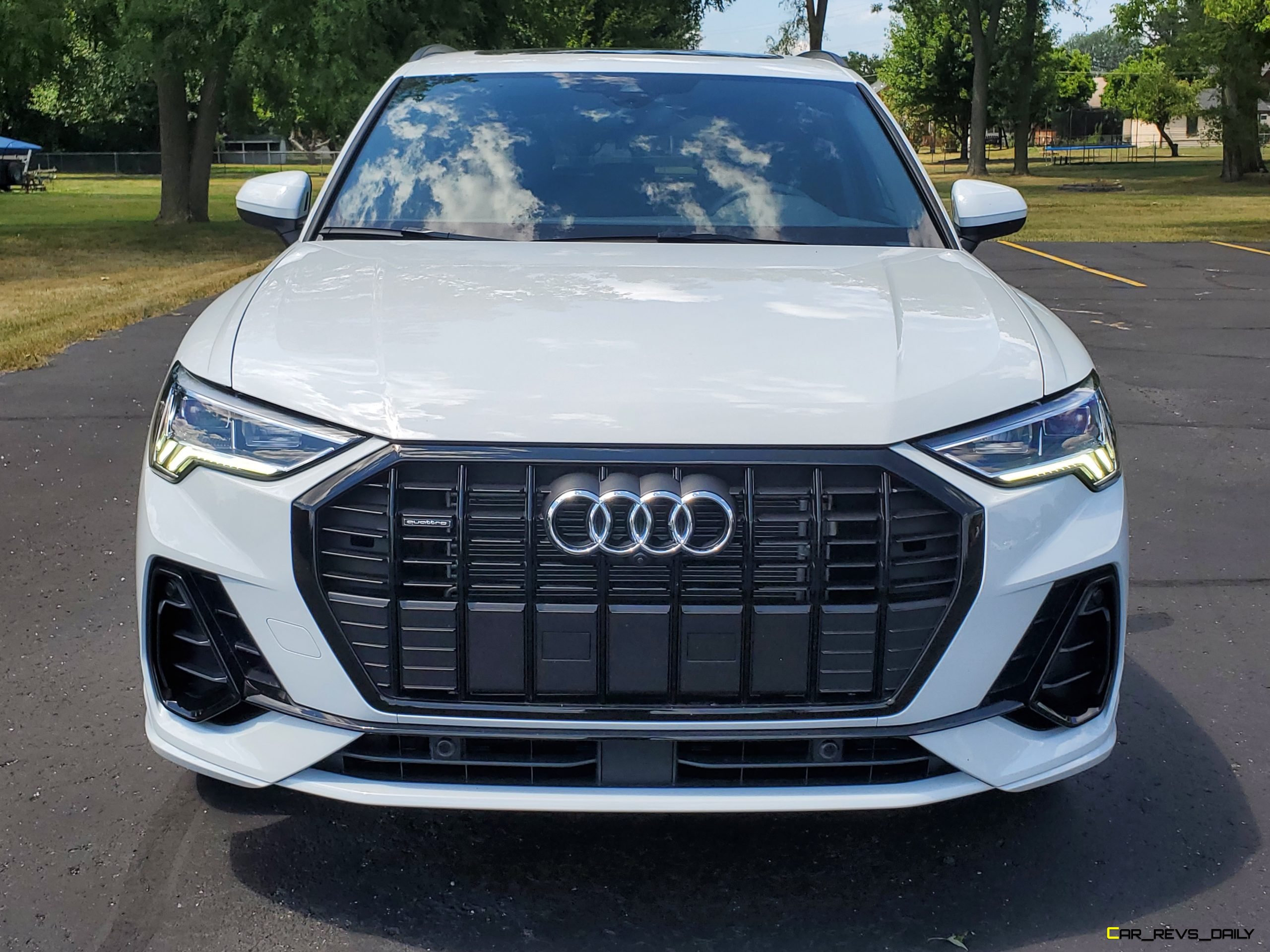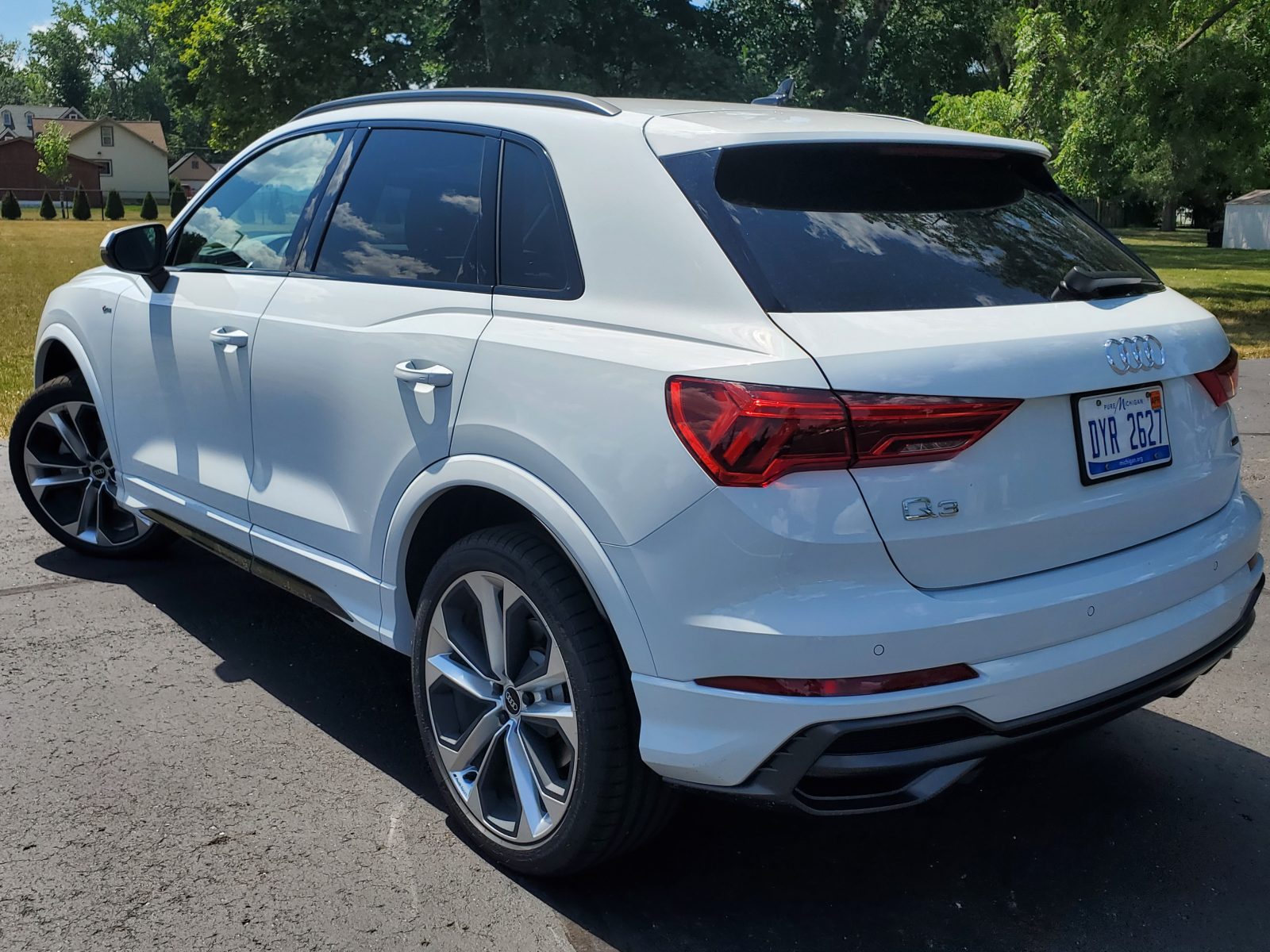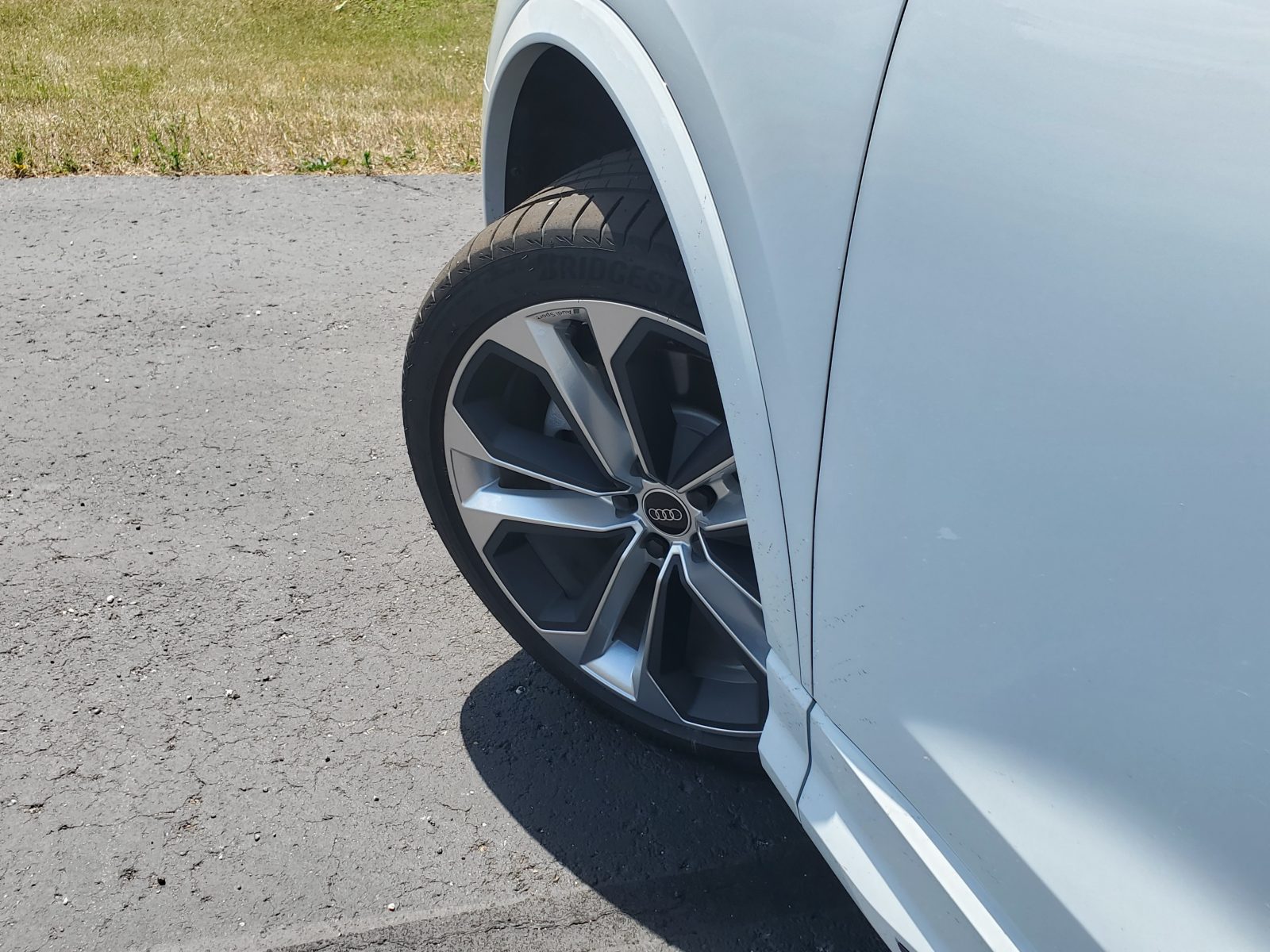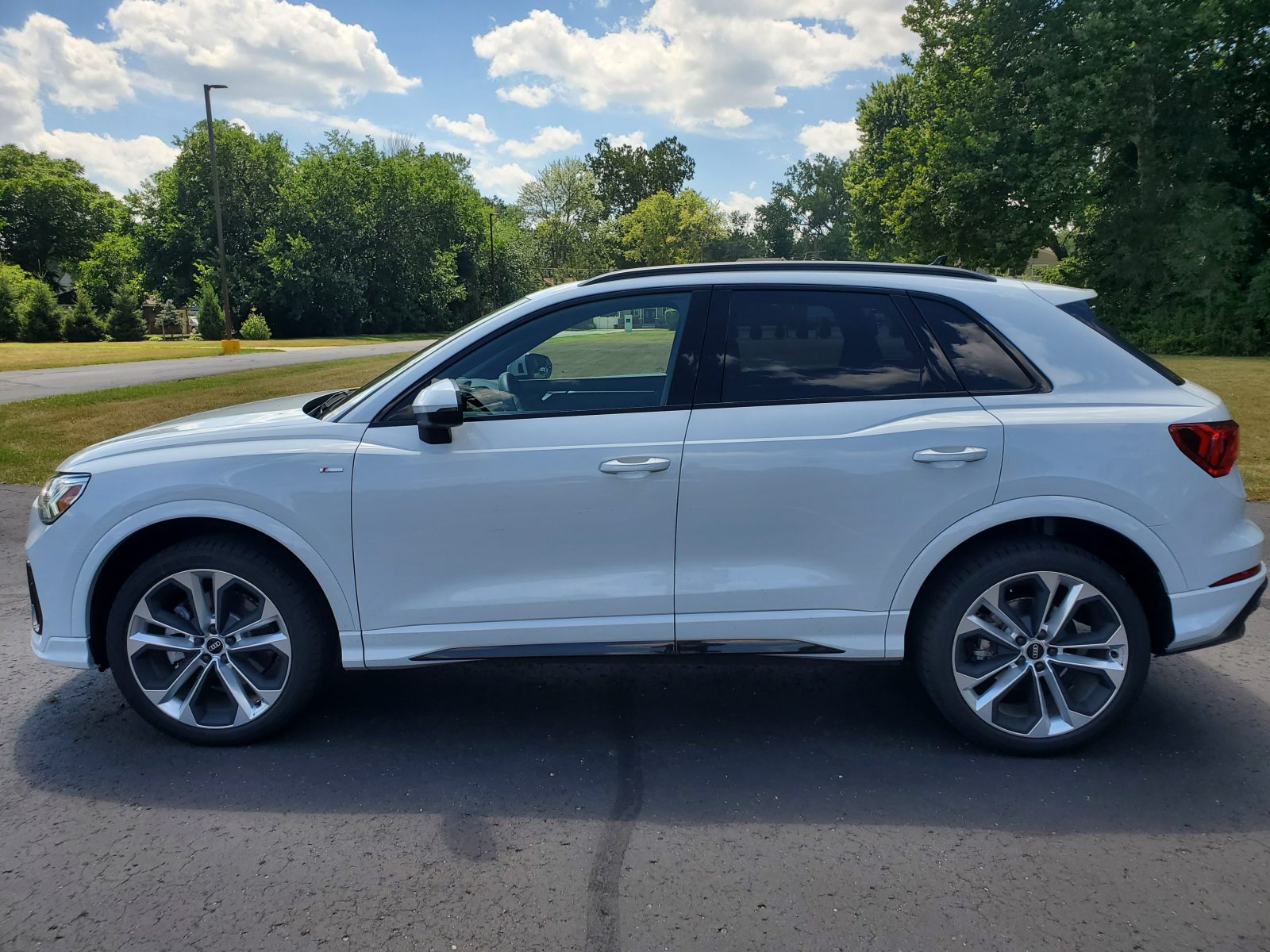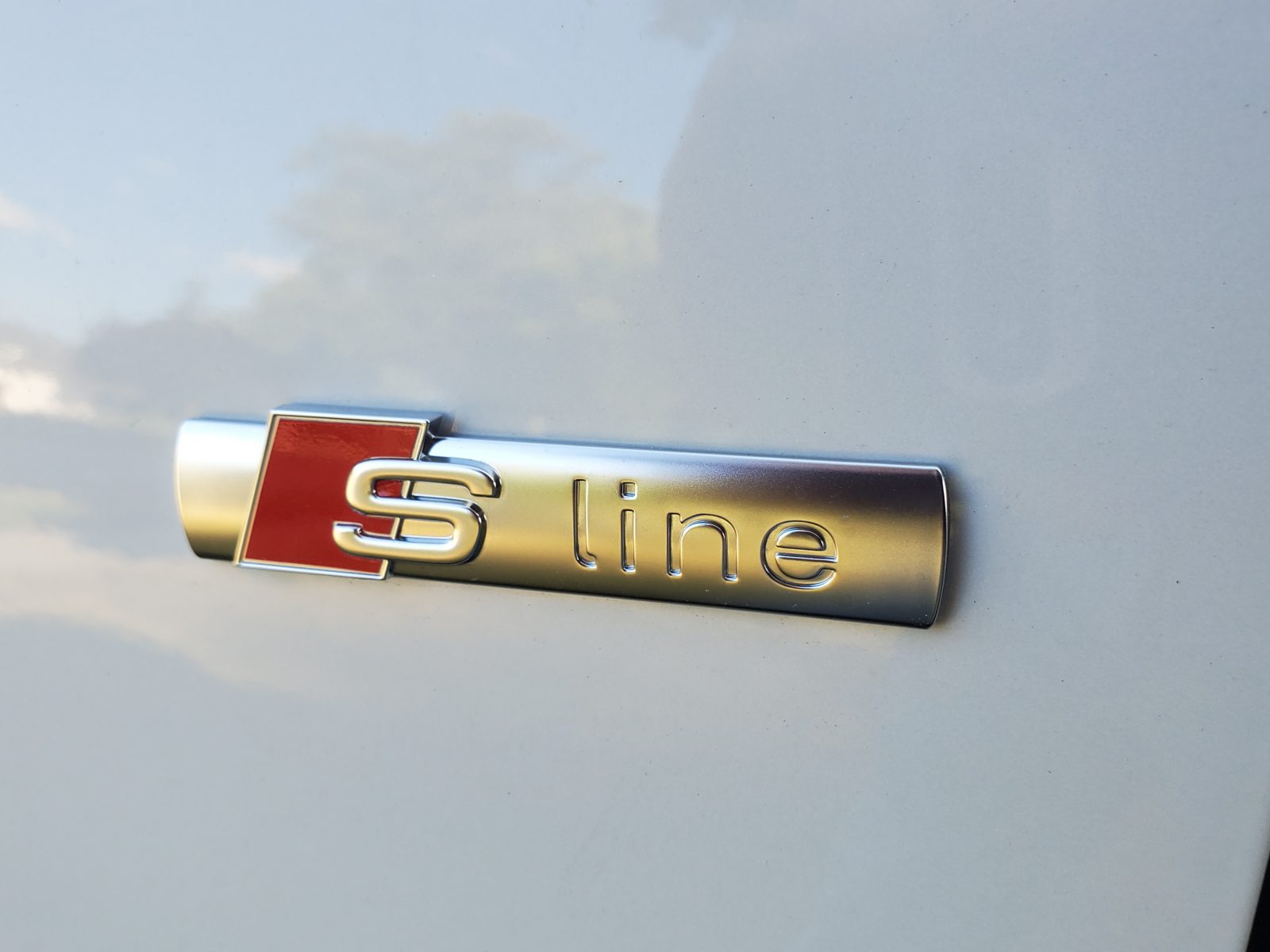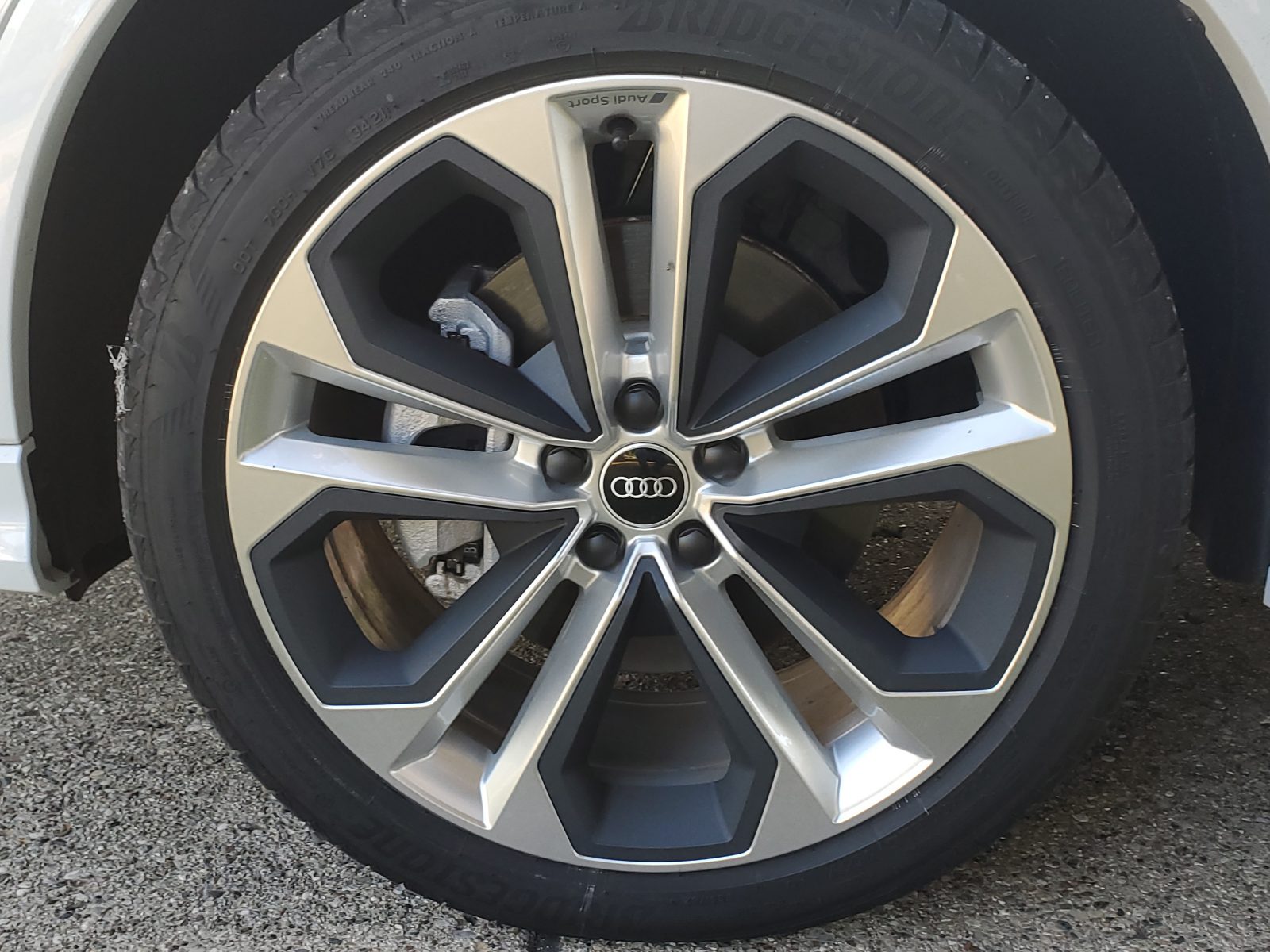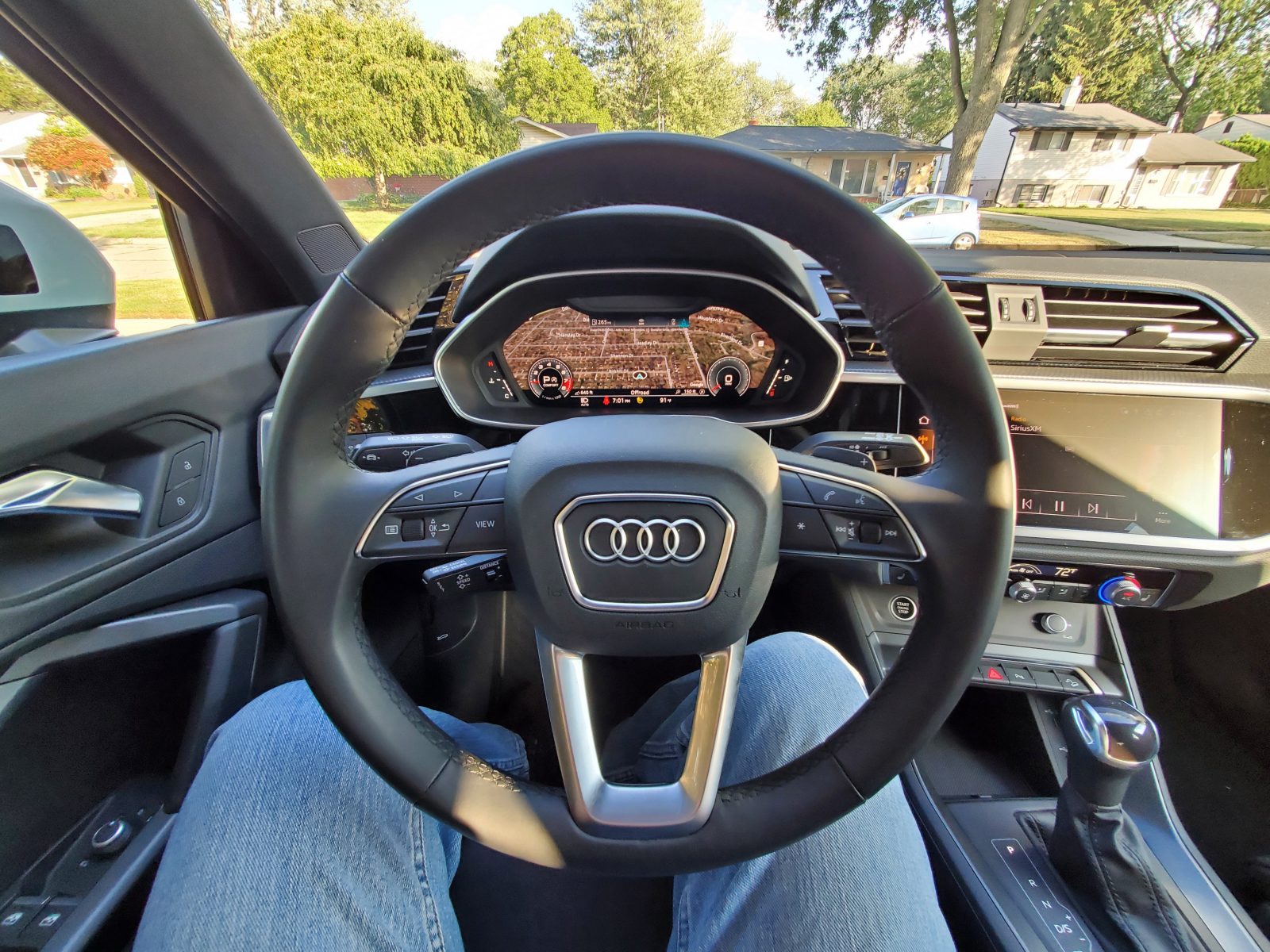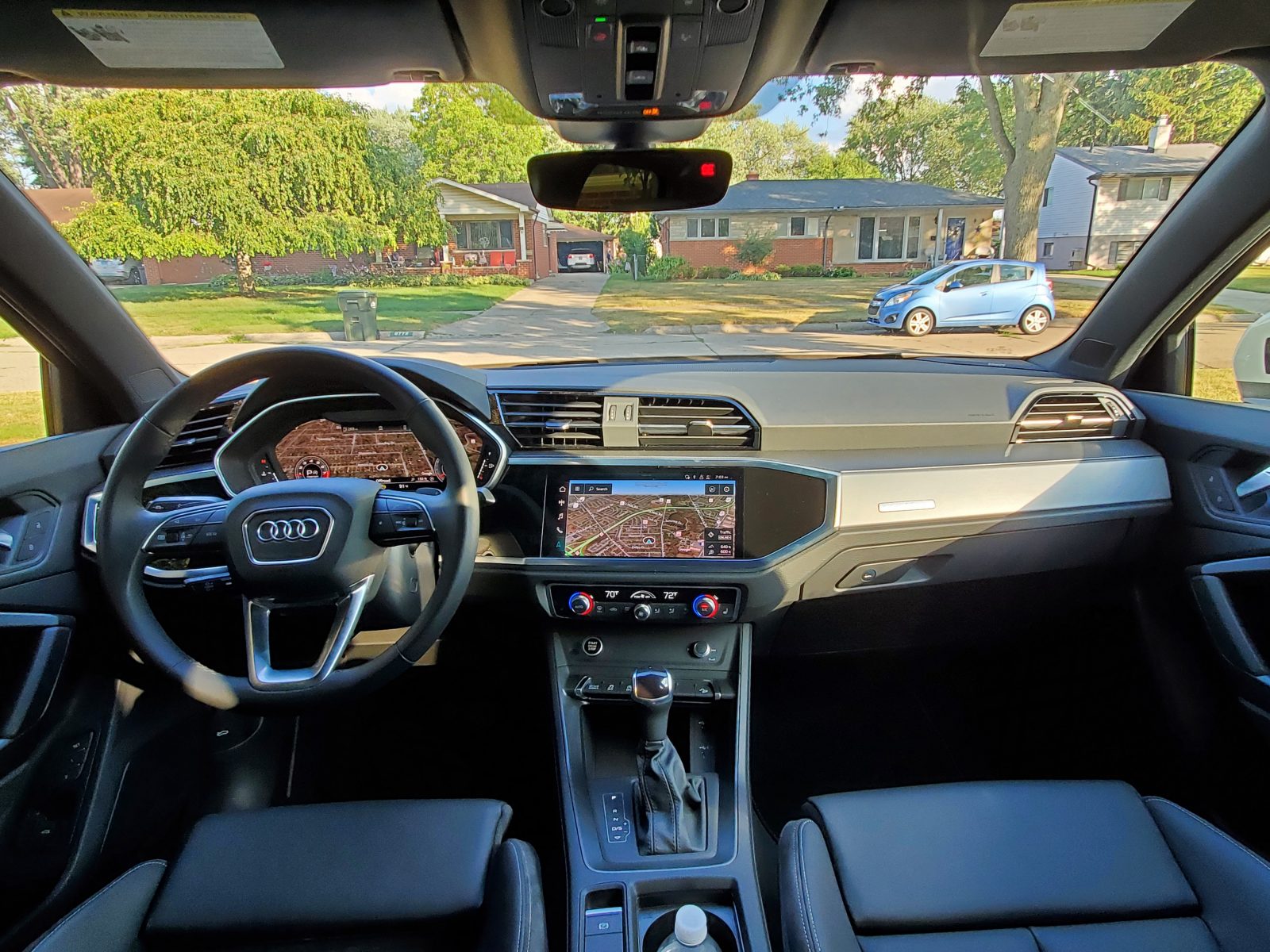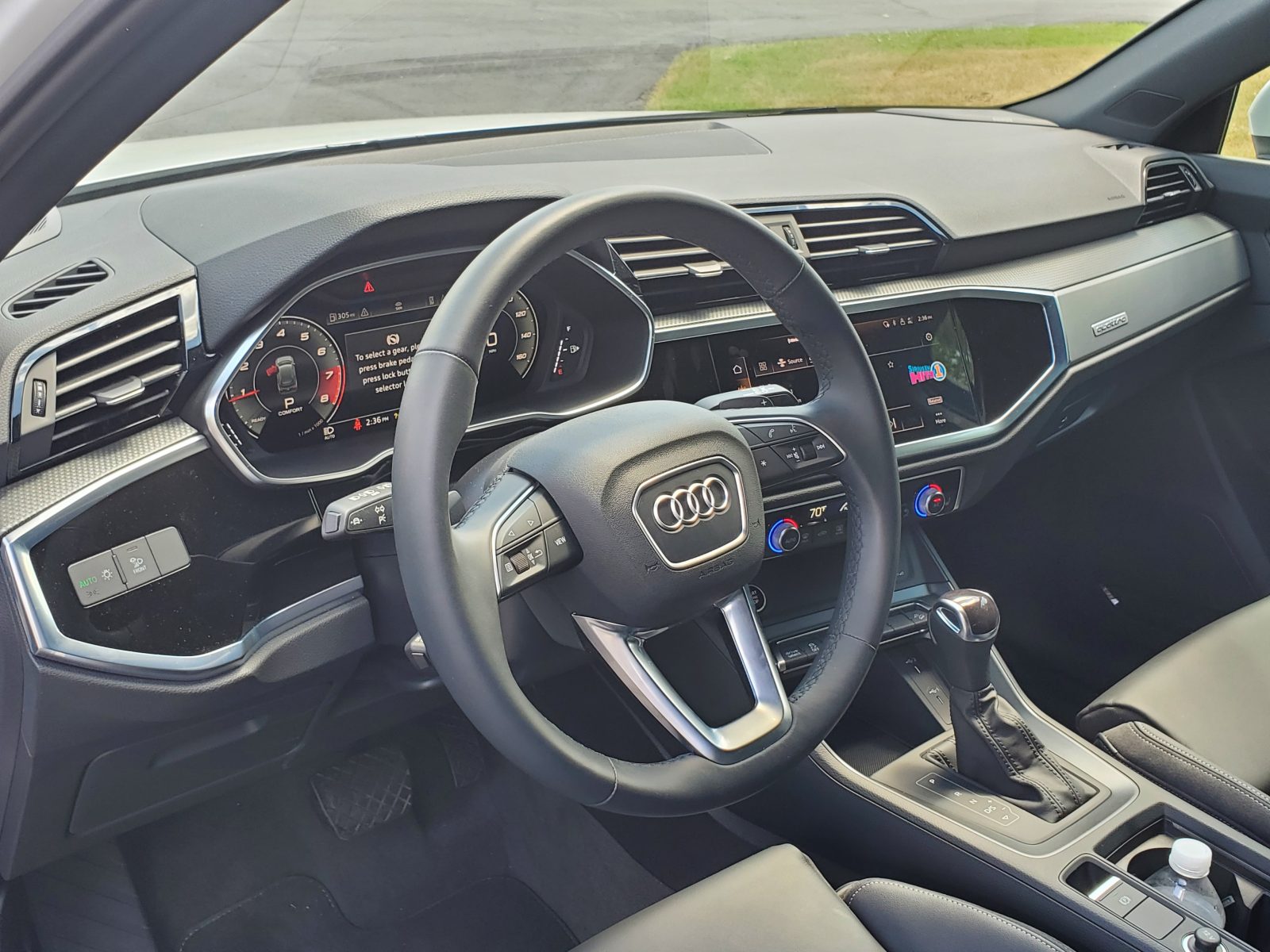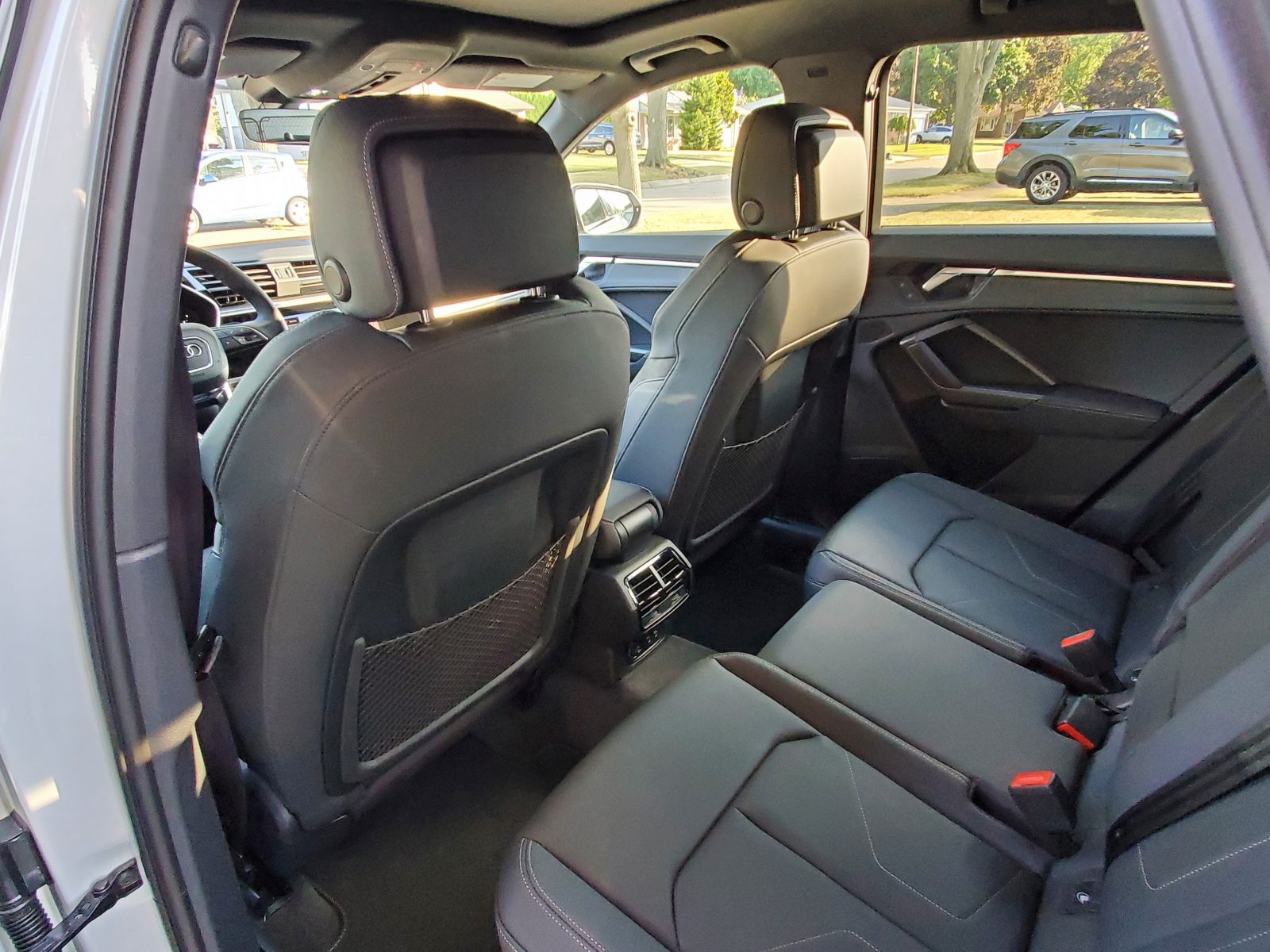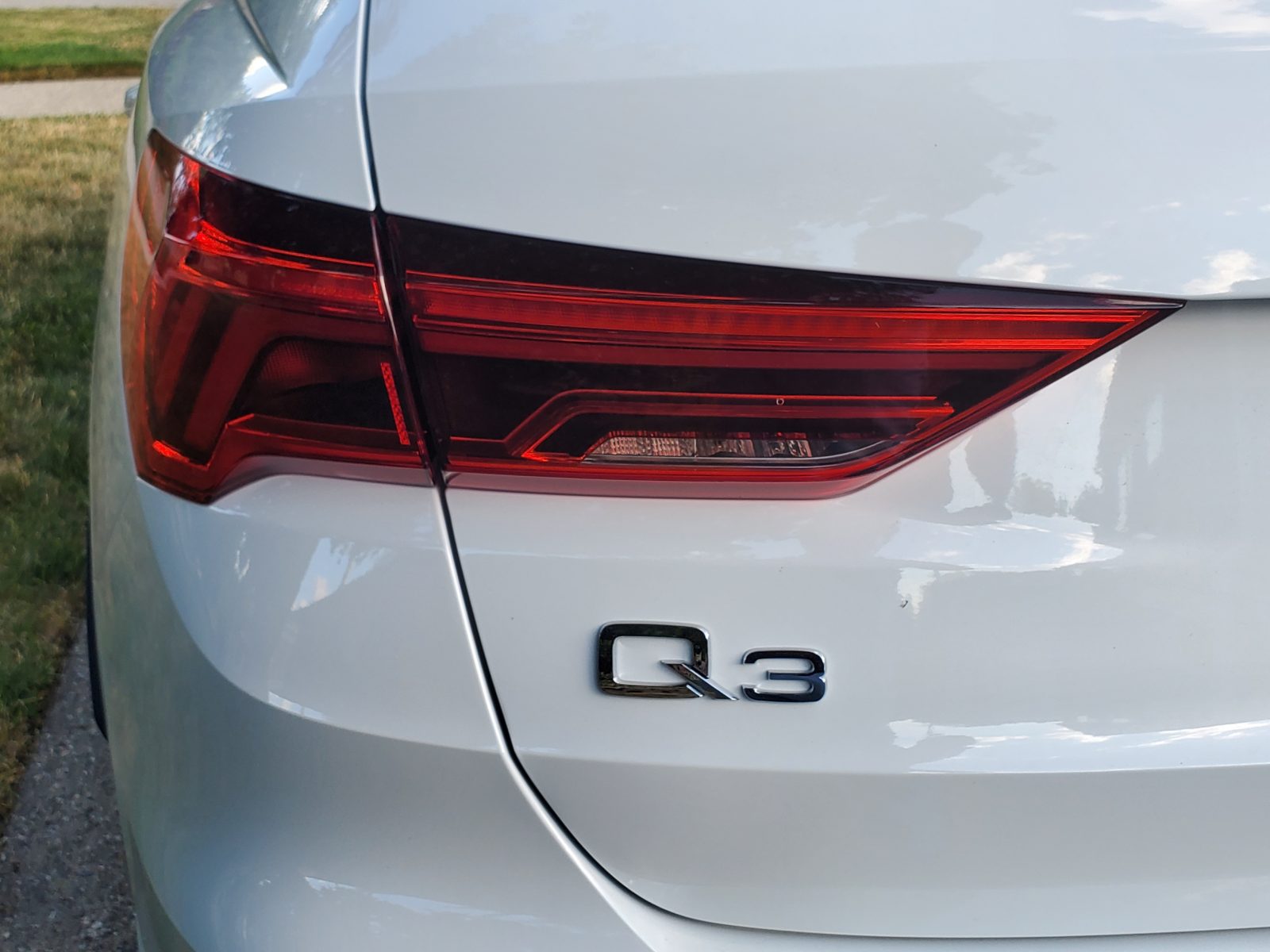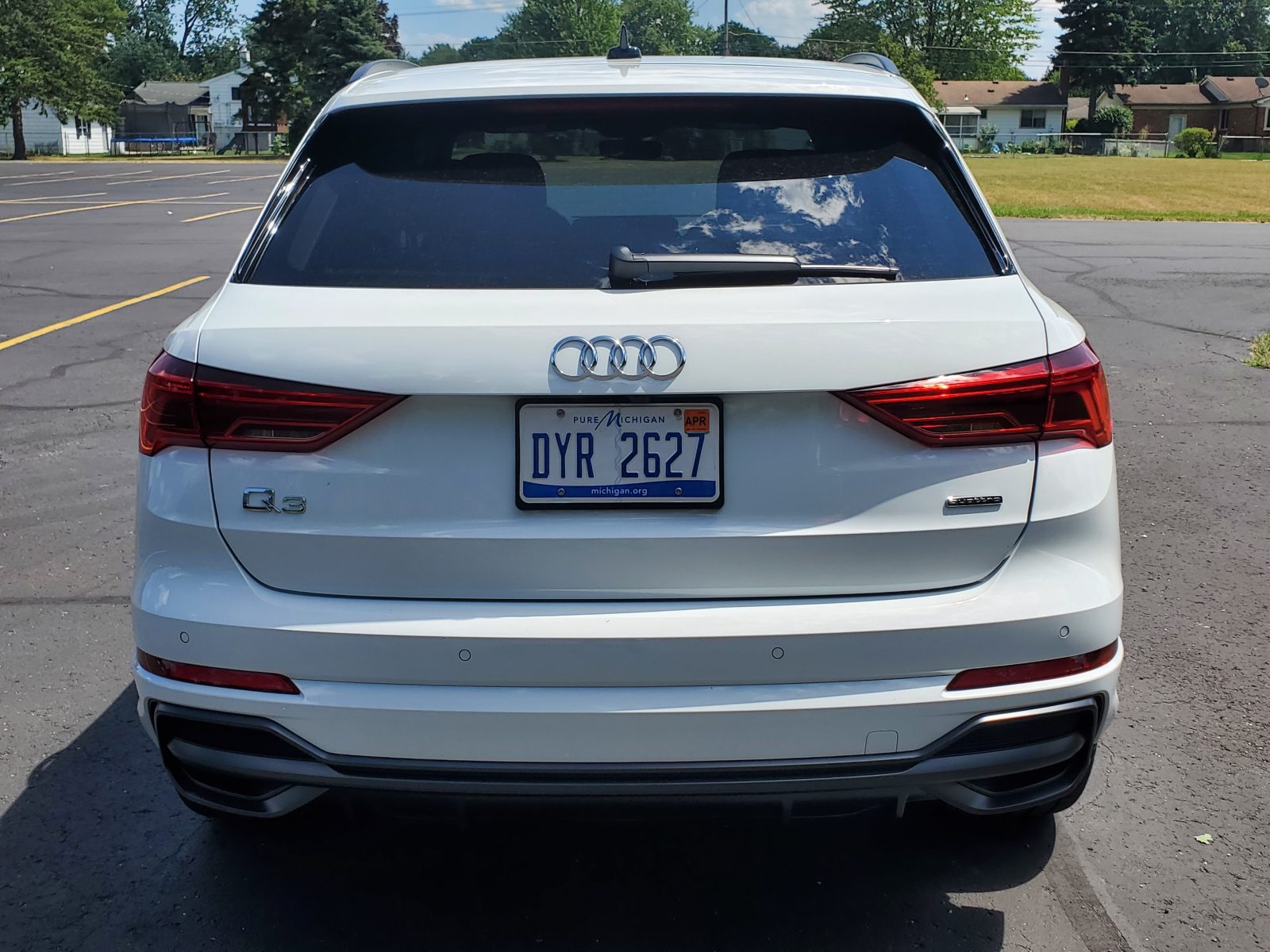We’re diving into car protection, an essential topic for vehicle owners. While cars are built tough, they need help to stay in top shape. Many factors can damage your vehicle, from the sun’s fading to hailstorms’ dents.
Cars are a significant investment in our lives. Safeguarding your car today will pay off in the long run. Protecting them for a higher resale value and extending their lifespan is essential. So, let’s explore methods and materials to shield your car from these threats. Buckle up for this journey to keep your car looking its best!
Understanding the Car Protection Landscape
Selecting the perfect car protection is challenging. From car covers to garages, paint protection films, and ceramic coatings, it’s vital to familiarize yourself with the available options. Each has its place in the car protection ecosystem. The bottom line is to identify your situation and consider your home and favorite parking spots. Are they exposed to various environmental threats?
On the other hand, car covers are a simple and inexpensive option to protect your car from environmental factors like dust, sun, rain, and bird droppings. They are highly movable and multi-functional at home and on the road. Whether safeguarding a daily driver or a cherished classic, a car cover is essential in car care.
Demystifying Car Covers: Fabrics, Features, and Fit
Car covers are designed to protect your vehicle – like putting a cloak of invisibility over your car. Whether you park in a garage or not, a variety of covers fit the occasion. Car covers are more complex than they appear, and a good fit can offer protection and style. The key aspects are fabrics, features, and fit.
- Fabrics: The material of your car cover matters immensely. Use soft fabric like cotton or fleece for indoor car storage. It’s gentle on the paint and protects against dust. When looking for outdoor parking, opt for materials made of durable, weather-resistant polyester blends that can withstand sun, rain, and snow. Some covers even have multiple layers, offering enhanced protection from various elements.
- Features: Today’s car covers offer features beyond mere protection. Mirror pockets are designed to provide a tight fit and prevent the cover from flapping in the wind. Tie-down straps add extra security when windy and built-in lockable cables help deter theft. Breathable fabrics prevent moisture from building up under the cover. It stops molding or rusting.
- Fit: A cover that fits perfectly looks better and provides superior protection. Choose the right size cover for your car to avoid damage. Custom-fit covers are available for specific makes and models, ensuring complete coverage and protection from the elements.
Material Matters: Exploring Fabric Options
Choosing the suitable fabric for a car cover is essential because each type offers distinct protection. Now, let’s explore some of the most popular options:
- Cotton and Polyester Blends: The fabric strikes a balance between indoor softness and outdoor durability. It is usually very lightweight and, therefore, easy to use and store. This combination renders it ideal for individuals who park in parking garages or use their covers on occasion.
- Polyurethane-Coated Polyester: Do you need a water-resistant material? This unique material resists water, allows air flow, reduces moisture, and prevents mold or rust.
- Fleece-Lined Fabrics: For extra protection, use a fleece lining cover. It adds a soft layer against the paint, preventing dust and scratches. It is suitable for classic, luxury, and garage-kept cars.
- Reflective Materials: In the sunniest areas, covers with reflective coating pick up photons and radiate UV rays and heat, keeping the passenger compartment cool and protecting the paint from fading in the sun.
The suitable fabric depends on your needs, including where you live and park and the most prevalent environmental threats. Consider these factors carefully to ensure your car cover provides the best possible protection for your vehicle.
Considering Climate and Needs
Selecting the right car cover involves more than just choosing a material. It requires matching the cover to your specific needs and climate. This customization ensures your vehicle is protected, regardless of location or weather.
- For Sunny Climates: If you live in a harsh sun, choose a cover with UV protection to avoid paint fade and damage to the car’s interior. Nevertheless, reflective materials will help keep the car cool, allowing you to enjoy a cool ride.
- Rainy Regions: Waterproof or water-resistant covers are essential here. However, don’t forget about breathability. A cover that keeps water out but traps moisture inside can lead to mold or rust. Look for materials that let the car “breathe.”
- Snow and Ice: Heavy-duty covers are best for wintry conditions. These should be able to bear the weight of snow and ice without tearing or collapsing. Additionally, covers with a soft lining can prevent scratches when removing snow or ice.
- Dusty Areas: A lightweight, breathable cover can keep your car clean without frequent washes in places where dust and sand are more prevalent than moisture.
Remember, the best cover for your car meets its specific environmental challenges. By considering your local climate and your car’s particular needs, you can choose a cover that provides optimal protection all year round.
Features Explained
Car covers come with various features designed to enhance protection and convenience. Understanding these features can help you choose a cover that fits your car and lifestyle:
- Mirror Pockets: Custom pockets for car side mirrors prevent flapping in windy weather.
- Tie-Down Straps: These straps are essential for securing car covers in open parking lots and preventing them from lifting off during strong winds.
- Lockable Cable: This helps secure the cover against theft with its locking mechanism underneath the car.
- Breathable Fabric: These covers allow moisture and heat to escape, preventing mold, mildew, and rust—crucial for long-term parking in damp climates.
- Elastic Hem: An elastic bottom ensures a snug fit, easy application, and reduced contamination from pollutants.
- Antenna Patch: A patch or grommet accommodates the car’s antenna, ensuring a perfect fit and preventing damage to the cover or the antenna.
Considering these aspects, note that choosing a good car cover involves protection, ease, and safety.
The Perfect Fit: Leveraging Car Information for Cover Selection
Getting the right fit for your car cover is more than just measurements. It involves understanding your car’s dimensions, contours, and unique features. This is where leveraging detailed car model data becomes crucial. A perfectly fitting cover is like a tailored suit; it looks good and provides superior protection.
- Why Fit Matters: Anything less than a good fit leaves gaps around your ride-covered vehicle. These gaps are open invitations to dust, dirt, and moisture, and a flapping cover rubs against your paint, causing wear and scratching.
- Using Car Model Data: Many manufacturers and retailers create databases where you can input your car’s make, model, and year to ensure your ultimate car cover fits as snugly as if it were tailored. This data refers not only to the overall size but also to all the dimensions and proportions of your vehicle, including any non-standard features like spoilers or custom bodywork.
- Custom Options: Custom-made covers are the best choice for those with heavily modified or unique vehicles. This option allows for a cover that accounts for every modification, ensuring complete protection. While this route may be more expensive, investing in a cover that fits like a glove is worth it for the added peace of mind and security.
Selecting a car cover with the perfect fit is critical in protecting your vehicle. Using detailed car model data and considering custom options if necessary, you can safeguard your car against the elements, ensuring it remains pristine for years.
Car Protection Beyond the Cover
While a car cover is a fantastic start, other measures are worth considering to ensure your vehicle stays in top shape. Let’s explore a few:
- Garages and Carports: Parking in a garage or carport protects your vehicle from environmental threats and theft/vandalism.
- Paint Protection Film (PPF): This transparent protective film is applied to your car’s body to prevent chips, scratches, and stains. Although costly, it’s a worthwhile investment to keep your car’s paint in new condition.
- Ceramic Coatings: These liquid polymers bond with your car’s paint to create a long-lasting protective layer. This layer shields your car against UV rays, dirt, and water, making cleaning and maintaining its shine easier. It’s perfect for those who want to reduce maintenance time while keeping their vehicle looking great.
- Regular Maintenance: Regular car maintenance, such as oil changes, brake checks, tire rotations, and quick repairs to mechanical issues, is crucial to extending your car’s life and keeping it safe to drive.
Combining these protection methods with a car cover ensures comprehensive care for your vehicle. Whether you invest in PPF or ceramic coatings, utilize a garage, or stay on top of maintenance, each step contributes to your car’s longevity and appearance.
Conclusion
Protecting your car is essential to ensure the safety and joy of your asset. Learn as much about your car’s needs and pain points as possible before deciding. From your car parked under a UV-protected car cover to protective paint film to proper regular checks. All of these options have their part in caring for your vehicle. Research each option and decide based on the advantages that you believe the most. Do the same for your lifestyle, car needs, and preferences to determine how you will handle it in the long run. Let your car confront whatever the road brings, knowing it’s well protected.

CRD Auto Industry Insider may contain helpful and on-topic partner content that auto enthusiasts and car shoppers find valuable.

